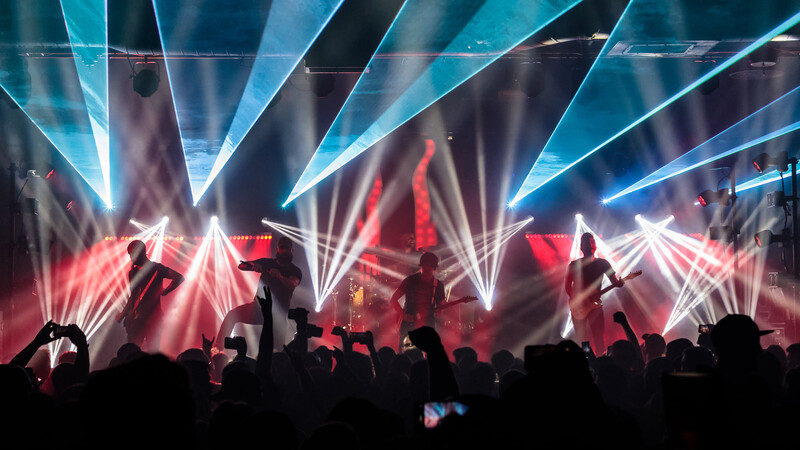David Summers – Speaking in Silhouettes
Posted on January 4, 2022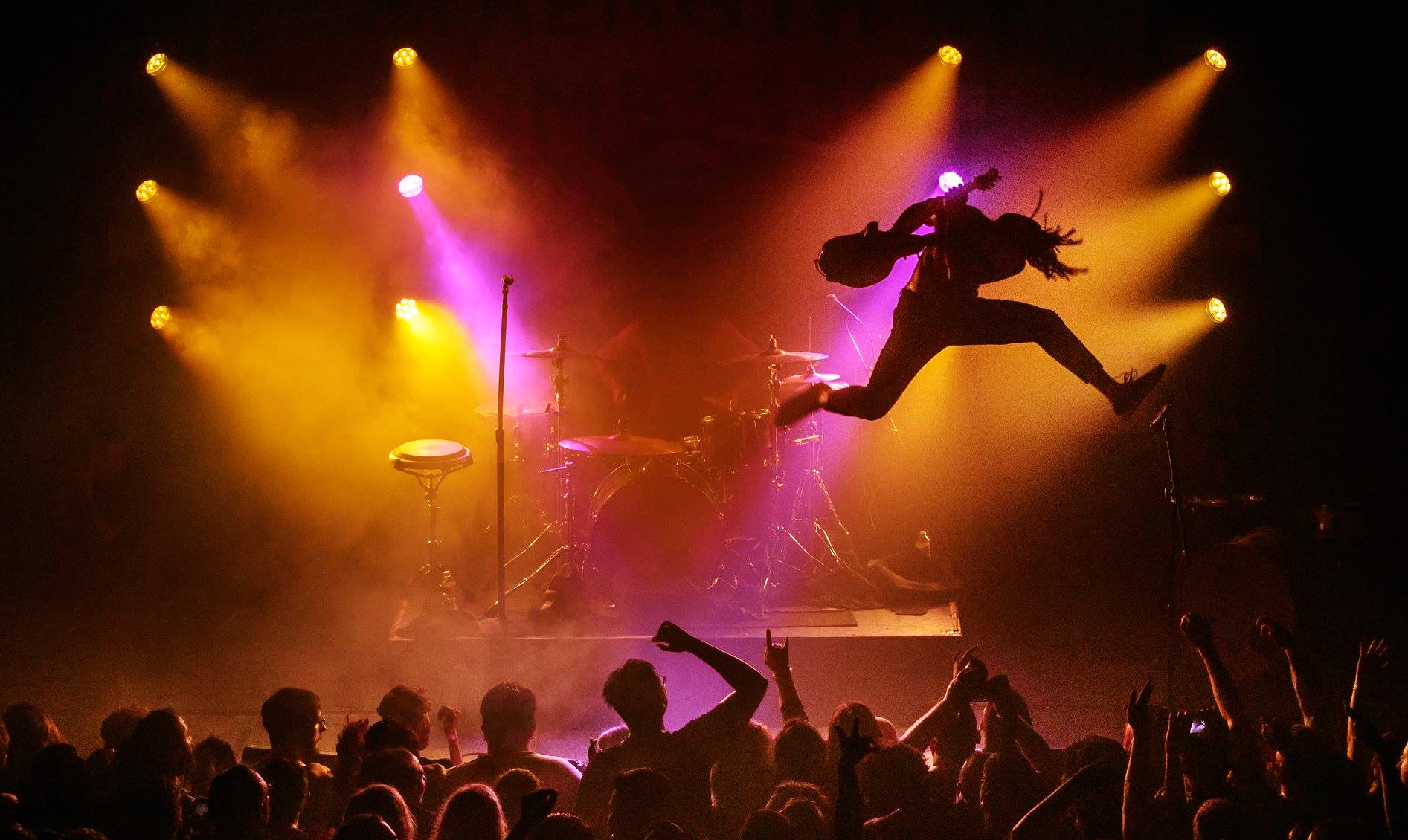
Photo: Sarah Hess
Étienne de Silhouette was not an artist or a designer of any kind. He was, actually, a profoundly unpopular and penny-pinching controller-general of finances under Louis XV in 18th century France. However, he did lend his name to the process of outlining a person or object in a single color against a plain background a technique universally known (and practiced) today as “silhouetting.”
Initially, the term was used in a derogatory sense, poking fun at Étienne’s cheapness, implying that those whose portrait was done in silhouette could not afford to spring for a “real painting.”
Of course, there is nothing second rate about silhouetting. Skillfully employed in art forms such as lighting design, it evokes an air of intrigue and mystery, while conveying nuanced meaning as much by what it shows as what it doesn’t. A look at the work of David Summers is enough to convince anyone of that.
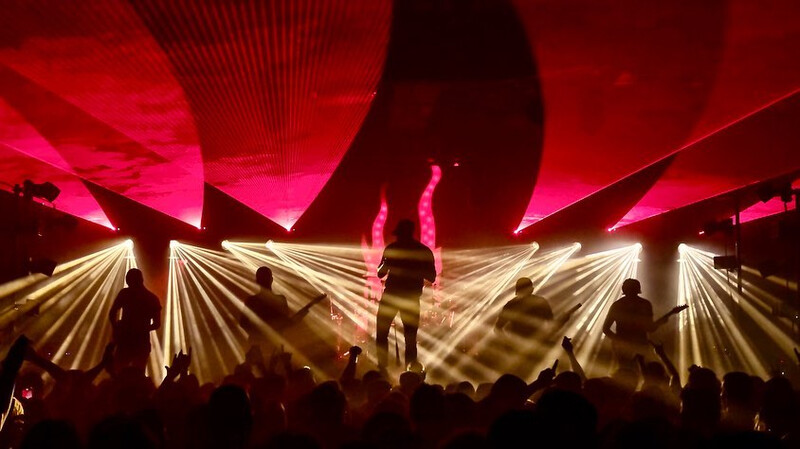
Summers, who has designed lightshows for bands like Chon, The Wonder Years, Fever 333, and August Burns Red, talked to us about how he uses silhouetting, not just to create compelling looks, but also to draw audiences into the action on stage.
Some view silhouetting as an all or nothing proposition, but you sometimes like to do partial silhouettes, where the performer on stage is 80 or 90 percent in shadow. What is your thinking there?
“I usually use partial silhouettes to amplify an intense section in the set. I want the viewer to see how hard the band is going during the part but by letting the lights behind them shine brighter than the front/side wash. I think it creates a brief moment of extra punch.”
Speaking of partial silhouetting, another cool thing you do is have some band members in shadow, but leave one or two out of shadow. When and why do you do that?
“Using silhouettes for some band members and not others is the way I respond to moments in the show where I really want to highlight whoever is showing off at the moment, whether it’s a solo or a quick scream.”
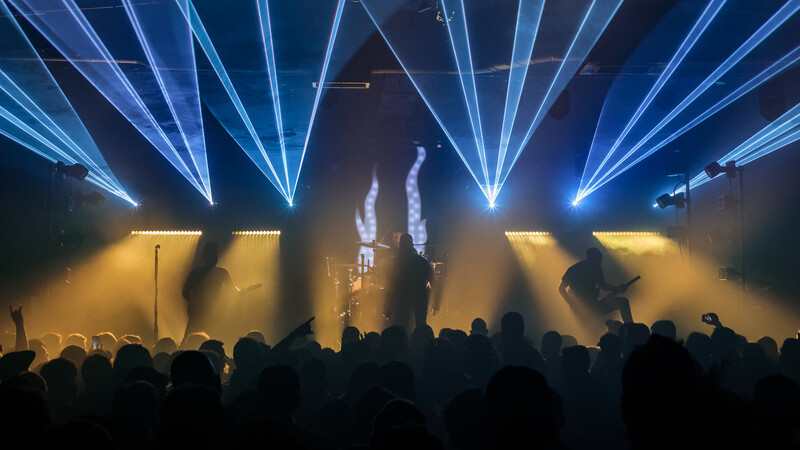
So, what does silhouetting add to a show in your opinion?
“Silhouetting is dramatic and very impactful to me. It’s a moment where you’re less concerned with who’s playing and what they’re playing instead you have to focus on how the production is amplifying the particular part they’re playing.”
We like the way you sometimes add color to your silhouettes rather than having them shadowed against white light? What does that add?
“Silhouetting with color is usually my go to. Normally I use the effect most during vibey parts or at the beginning or end of song. I like to save white for when I need that extra punch to keep up with fast intense parts.”
You’ve done some impressive looks where you silhouette the band, but have a lit background or video wall at the back end of the stage. Any advice on mixing video walls with silhouetting?
“I think that’s all about balance. If you have a light source on your upstage, whether it’s a stage prop, LED wall, or just dedicated lights for your back drop, you have to balance things. Finding ways to add them to the show just enough so that I’m not overpowering my light show in the foreground is my favorite thing to do. I want it to feel seamless, so I’m a fan of less intensity and turning those upstages sources on and off at dramatic parts for more effect.”
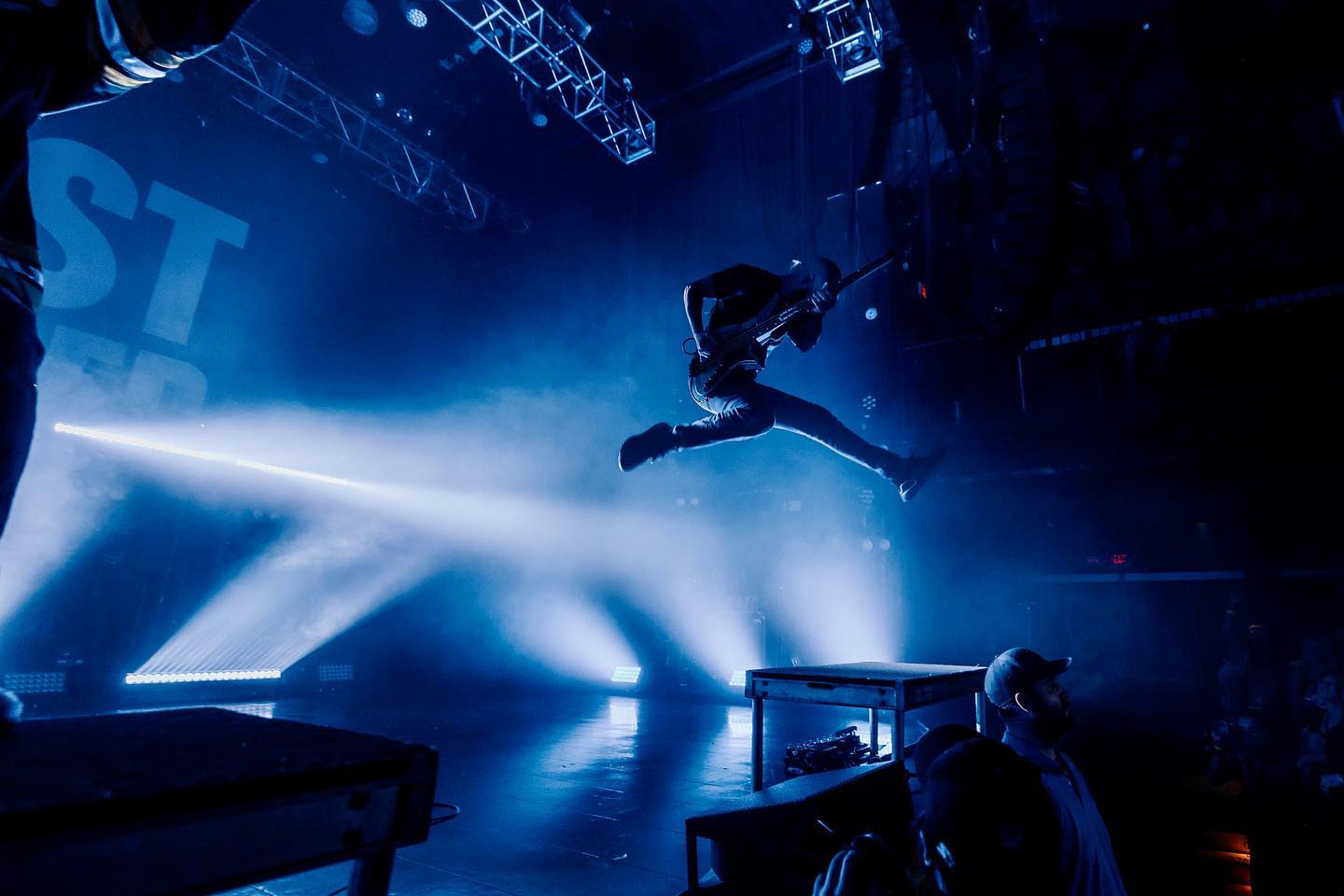
Photo: Ray Duker
What’s the biggest challenge in silhouetting?
“The biggest challenge in silhouetting is making sure you don’t mess up your guitar players by getting it so dark that they can’t see their fret boards when playing an important part! Other than that, being able to kill your front/side washes for just long enough that you get the effect but don’t have to watch the band play in the dark.”
Are there certain points in a show (beginning, middle, end) when you think silhouetting is more or less effective?
“I like to use silhouetting in dramatic parts of the set. Whether it’s a solo or a slow section or just the end of the song. No matter when you add it, you need to be ready to go back to a non-silhouetted look cause that contrast makes the silhouetted parts even more impactful.”
